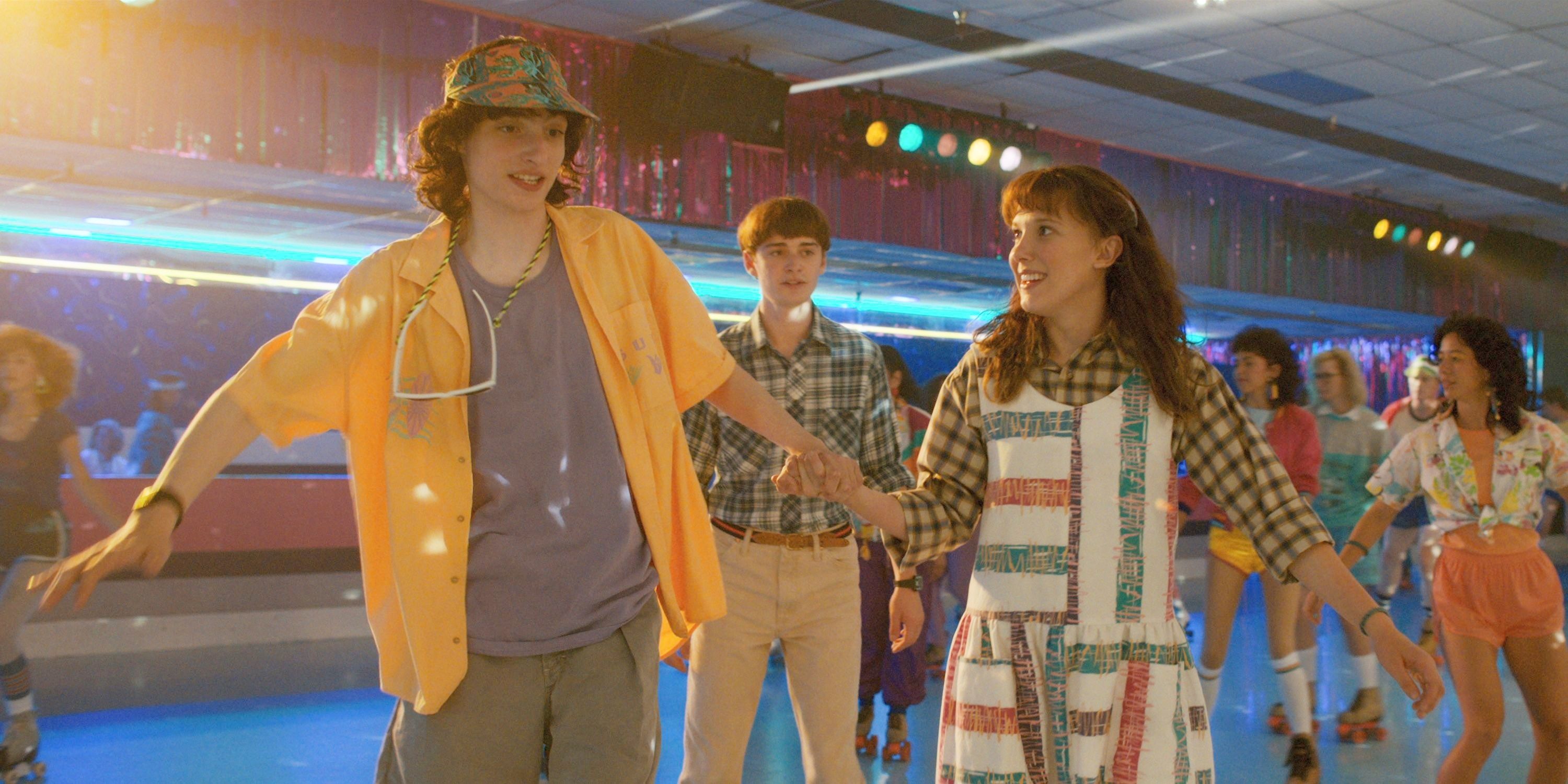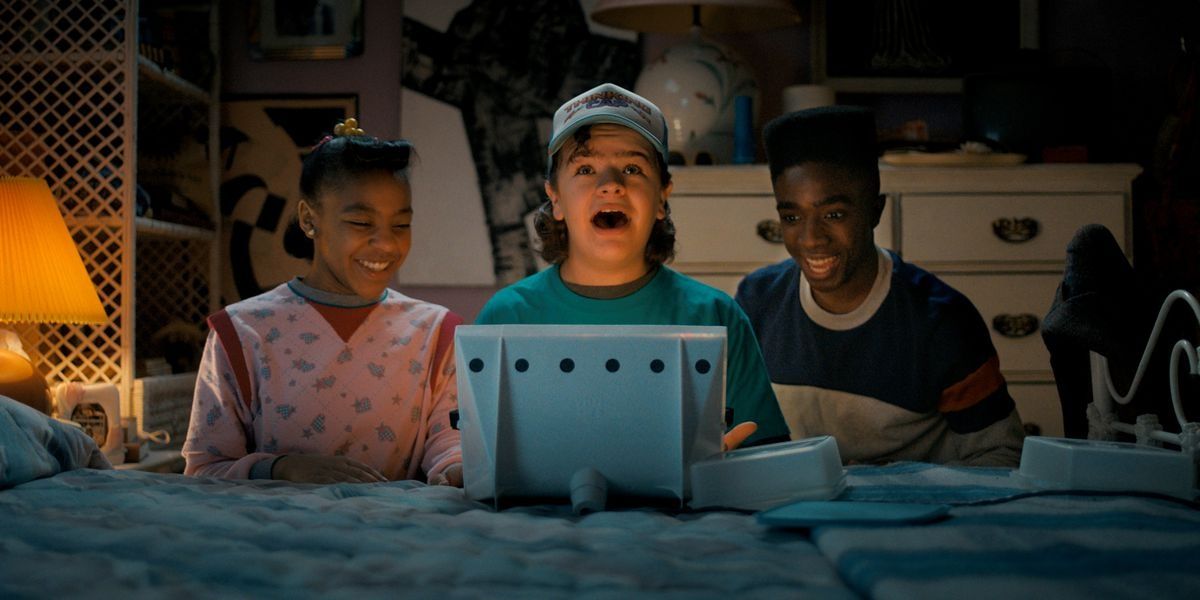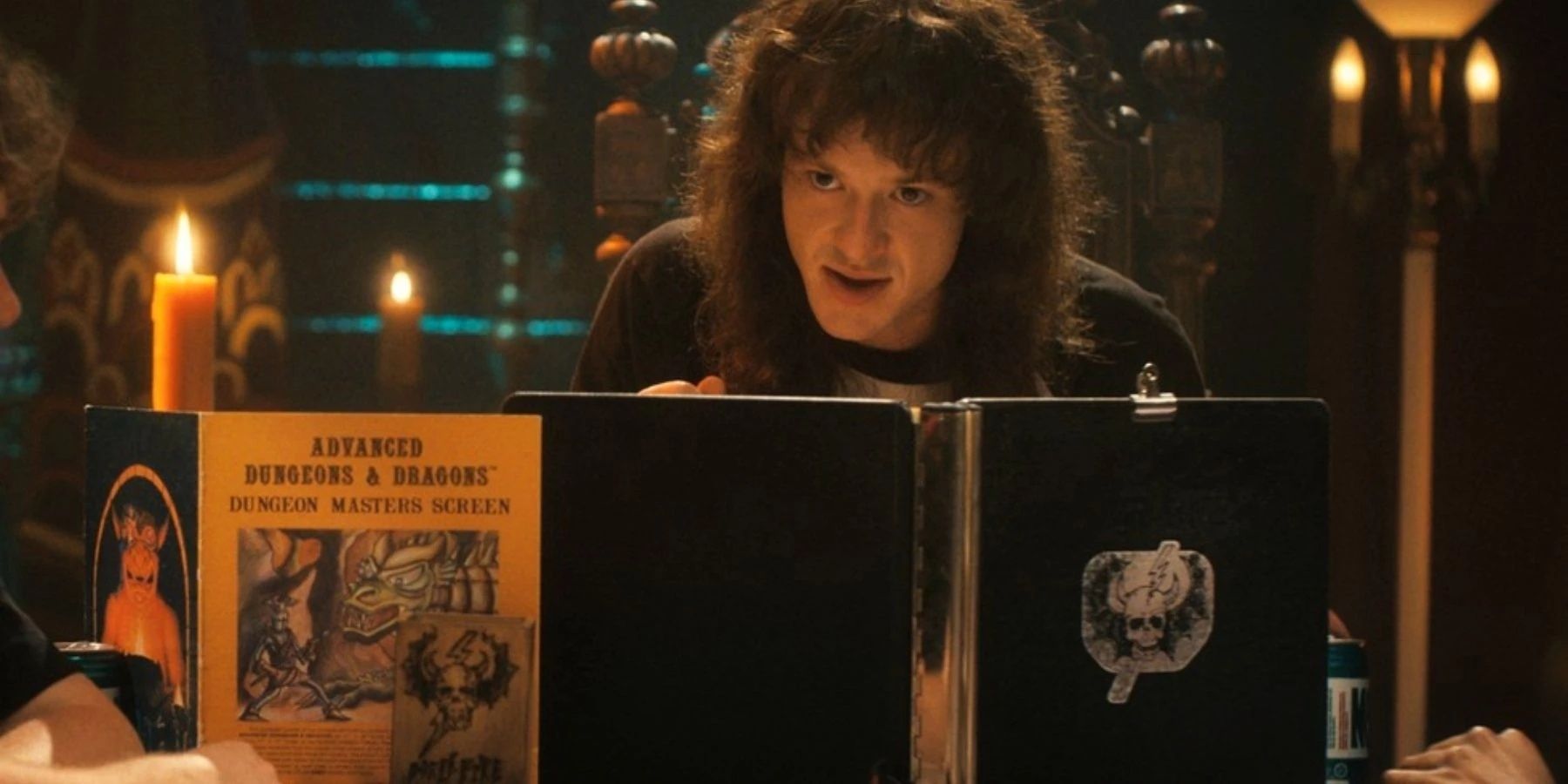The following contains spoilers for Season 4 of Stranger Things.There has been a recent revival in nostalgia media, where a movie, TV show, or video game will be heavily influenced by the aesthetics of a past decade (usually somewhere in the 70s, 80s, or 90s) and use that as a backdrop to appeal to audiences who grew up during that time, as well as those that wish they did and have nostalgia about a time before they were born. There's a certain romanticization of the past that happens, and these pieces of media like to call back to specific references from the era to once again appeal to that viewer nostalgia.
Stranger Things was one of the leaders in getting this nostalgia media ball rolling with the success of its first season in 2016. The 80s aesthetic is so integral to the show and its particular style that it's hard to imagine the show without it. However, nostalgia isn't just used for aesthetic purposes in the show. Stranger Things is smart about the way that it utilizes trends and elements of culture from the 1980s to enhance the story and move the plot forward.
First of all, stories like this always benefit from characters not having cell phones. Anything horror or thriller inspired becomes much scarier when the characters can't contact each other or the police instantly. Stranger Things also gives a lot of time to letting the characters investigate the weird goings-on in the town by interviewing others or going to the library, because they can't just pull up Google on their cell phones. It really adds to the mystery element and makes the show much more engaging and tense.
In Season 4, one of the big set pieces is a roller rink. Eleven, Mike, and Will all hang out at the rink, and this is where Eleven is mercilessly bullied by mean girl Angela and finally snaps, hitting Angela in the face with a roller skate. Roller rinks are a big part of 80s nostalgia, and the show plays it up with the music and the neon lights and the loud outfits that everyone in the building is wearing. However, it's not just for aesthetic purposes; the show utilizes the roller rink to move the story forward in an interesting way, having Eleven out on the floor being circled by people making fun of her, and having her weapon against Angela be a roller skate. Using 80s iconography like this is quite clever, and it's something the show excels at.
Later on in the season, when the teenage group of Nancy, Steve, Robin, and Eddie is trapped in the Upside Down, they figure out that they can use light to communicate with the kids back in their dimension. They end up using a Lite Brite to spell words out, in another move that is a great reference to 80s imagery. Lite Brites were classic toys that were even used into the 2000s, so it's something that most viewers would have some kind of nostalgia for, but it also works as an actual part of the story. Most importantly, it doesn't feel shoehorned in. It seems only natural that these kids would use the toys and games around them when they need to, because that's the world they're from.
Speaking of games, a major plot point of Season 4 (and of the whole show in general) is Dungeons and Dragons. Again, Dungeons and Dragons is something that is sort of evergreen, and isn't just restricted to the 1980s, but this season specifically calls back to the Satanic Panic of this time period, where society began to worry that Dungeons and Dragons was turning the kids who played it evil. It's a fun way to tie into the supernatural elements of the show, because the main group of kids themselves have always tied the monsters they're fighting to the ones from D&D (the Demogorgon, the Mind Flayer, etc.). Tying Vecna's possessions into what a lot of adults thought D&D was doing to their kids is a really smart idea, and it feels like everything ties together after this show has revolved around the game for four seasons.
Stranger Things could have very easily fallen into the trap of simply using the 1980s as a backdrop for the story to make it more fun aesthetically, but instead it feels like an intentional story choice to set the show during that time period. They're able to use American tensions with the Soviets as part of the story and play with the ideas and fears that were present at the time to craft a supernatural story around it all. There are occasional nostalgic references to items and places that are just for fun, but most of the time, these elements have some sort of importance to the story, wherein the show wouldn't be the same if it was set in the modern day and didn't have those things. It was a very smart move on the part of the writers to not just play to the nostalgia of the viewers, but to actually take advantage of the 80s aesthetic and use it to make their story as unique as possible.



